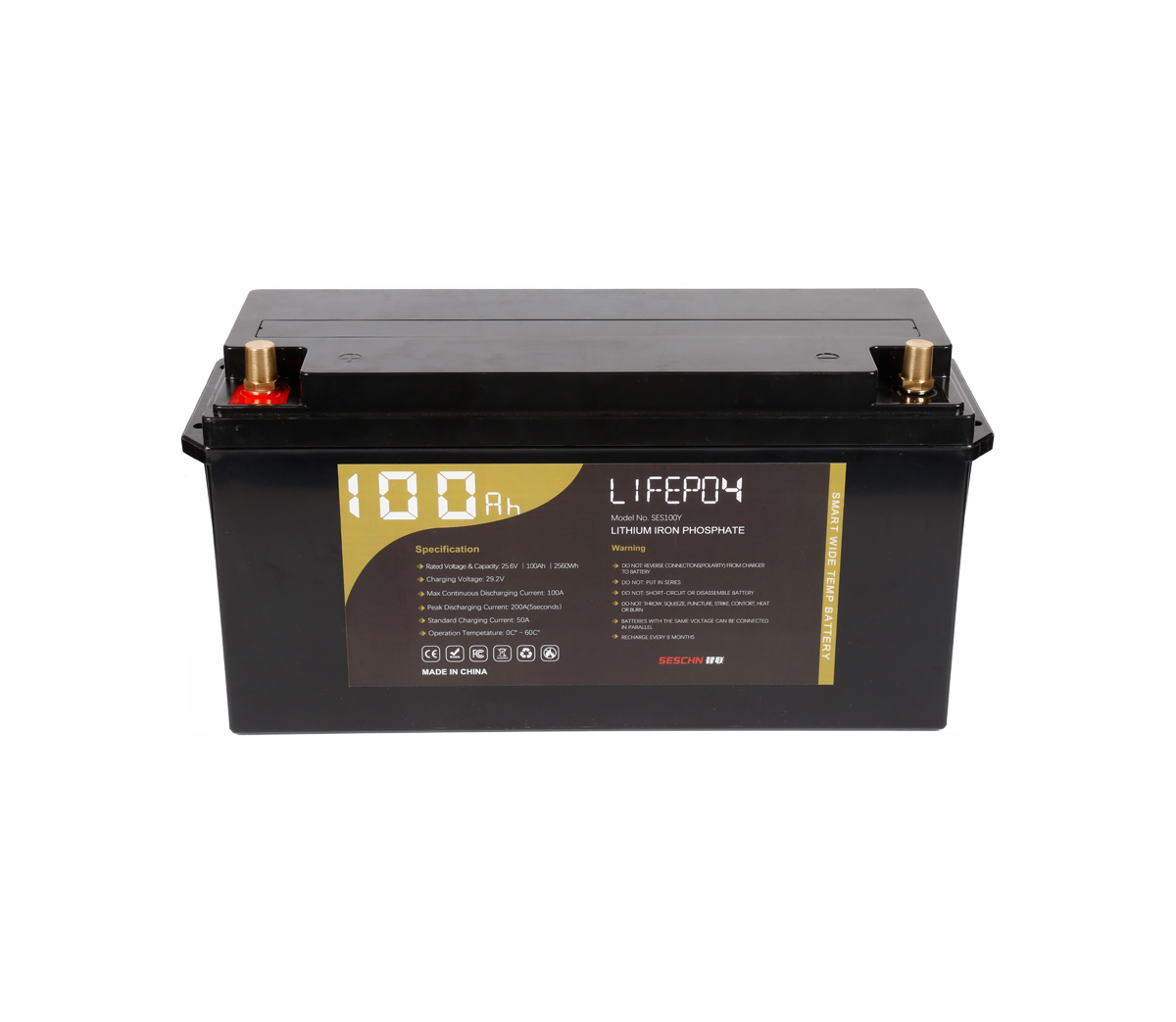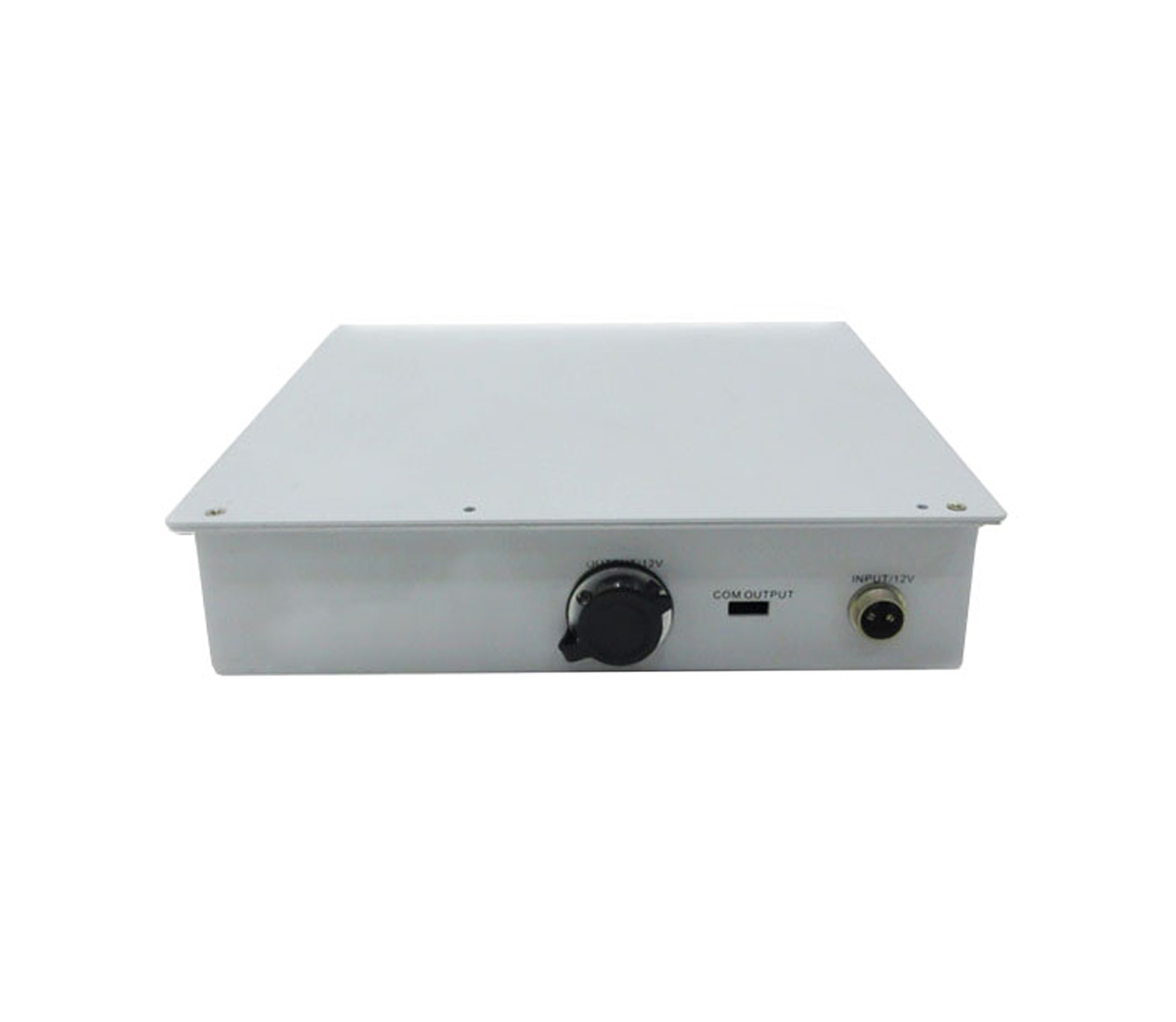
The heat dissipation design is accurate to avoid excessive temperature
differences in the system. This is due to the requirements of the lithium
battery's own performance. The performance and aging of the battery are closely
related to the operating temperature. The production process of liquid-cooled
plates is more complicated than ordinary air-cooled radiators. Liquid-cooled
heat dissipation requires higher process reliability. Therefore, only
manufacturers with strong technical deposits can provide reliable technical
support.
The heat dissipation design is accurate to avoid excessive temperature
differences in the system. This is due to the requirements of the performance of
the lithium battery. The performance and aging of the battery are closely
related to the operating temperature. The production process of liquid-cooled
plates is more complicated than ordinary air-cooled radiators. Liquid-cooled
heat dissipation requires higher process reliability. Therefore, only
manufacturers with strong technical deposits can provide reliable technical
support. The general production technology of liquid-cooled plate has the
following types.
Buried Pipe Process
The buried pipe process is the most used liquid-cooled radiator
liquid-cooled plate manufacturing process. Generally speaking, the aluminum base
plate is buried in the copper pipe, that is, the aluminum base plate is machined
and milled with CNC, and then a punching machine is used to form the bent copper
pipe. It is pressed onto the aluminum substrate, then brazed, and then processed
into a water-cooled plate.
Buried tube type liquid cooling plate generally has three forms: one is
shallow buried pipe liquid cooling plate; the other is deep buried pipe liquid
cooling plate; the third is welded pipe technology; the fourth is double-sided
clamping pipe technology liquid cooling plate. The three types of processes are
not much different, and the difficulty of processing is also the same. Some
liquid cooling principles originally designed for high-power switching devices
can also be used for reference in power battery cooling systems.
Shallow buried pipe process: suitable for single-sided installation, the
copper pipe is flattened and milled at the same time as the aluminum plate,
which is fully conducive to the high thermal conductivity of the copper pipe to
take away heat, and the lightweight aluminum plays a role in weight reduction
and cost control.
Deep buried pipe process: The filler is imported from the United States
with high thermal conductivity epoxy resin. When the temperature difference of
the cooled device is not high, it can be installed on single and double sides.
Because of the thickness of the copper pipe, there is no secondary processing
and the filler protection can provide application Safety, especially suitable
for cold plates with refrigerant as the medium.
Welded pipe process: suitable for copper plate + copper pipe method to
reduce the thickness of the plate to reduce weight.
Double-sided pipe clamping process: the device is installed on both sides,
the process is simple and the cost is low; aluminum plate + aluminum tube &
copper tube & stainless steel tube.
profile + welding
Liquid-cooled radiators processed on the basis of profiles. Such radiators
have many shapes, and there are many types, including plate type, channel type,
and combined type. The general production principle is based on the profile. For
processing and welding, the profile and joint pipeline are combined into an
integral liquid-cooled radiator.
The cold plate runner is directly formed by the extrusion process, and then
the cycle is opened through the machining method. Usually, friction welding,
brazing and other welding processes are used for sealing. This process has high
production efficiency and low cost; it is not suitable for excessive heat
dissipation density The application is not suitable for application conditions
where there are too many screw holes on the surface to limit the direction of
the waterway or reduce the reliability. Mainly used in: power battery
water-cooled heat dissipation heating device, water distribution box and
standard power module integrated heat dissipation products.
machining + welding
The water-cooling board adopts the method of mechanical addition, and the
internal flow channel size and path can be freely designed. It is suitable for
thermal management products with high power density, irregular heat source
layout, and limited space. It is mainly used in: wind power converters,
photovoltaic inverters In the design of heat dissipation products in the fields
of IGBTs, IGBTs, motor controllers, lasers, energy storage power supplies,
supercomputer servers, etc., they are rarely used in power battery systems.
Micro-channel radiator is also a kind of radiator manufactured by combining
machining and welding processes. It is more complicated to manufacture than
other radiators. Micro-channel radiators are generally used on machines with
higher heat dissipation power and more concentrated heat dissipation. Because
the channel is wider and more uniform, the concentrated heat can be quickly
taken away.
However, the manufacturing process of the liquid-cooled radiator of the
micro-channel is also more complicated. Generally, the micro-channel is machined
and then the friction welding process is used for welding, and the manufacturing
cost is also high.
die casting + welding
The die-casting process is a very mature and widely used molding method.
With the rapid development of new energy vehicles, it has become the first
choice for mass production of motor controllers, power battery pack trays and
heat dissipation boxes. However, it is necessary to control die casting
impurities, For issues such as pores, conservative use of sealing ring methods
or friction welding methods, it is necessary to improve the reliability of the
process to avoid the problem of water leakage.
die-casting molding and then welding, the process is well controlled, and
the process is stable, with the ability to deliver in batches. In addition to
the friction welding process, some water-cooled plates will also use brazing or
vacuum brazing.
This type of water-cooling plate can be considered together with the
die-cast box of the battery pack. The lower water-cooling plate of the
AudiQ7PHEV is such a usage. At the Beijing Auto Show two days ago, we have seen
the prototype display.
Typical vehicle water cooling plate
In the power battery system, there are many ways to take the heat away from
the surface of the battery cell. Only the scope of action is different. It can
be divided into a battery-level water-cooling plate integrated inside the module
and a module-level water-cooling designed outside the module. plate. Below are
several pictures from the public account of "Power Battery Thermal Management
Technology" to illustrate the application of water-cooled panels in actual
cases.
Modular level water cooling plate
As a whole, the water-cooling plate acts on one or more battery modules at
the same time. The water-cooling plate is a component of the entire battery
pack, not a component of the battery module. We put it under the heading of the
module-level water-cooling plate.
Square battery liquid cooling systems mostly use module-level water-cooled
plates, and they are generally placed at the bottom of the battery box;
soft-pack battery liquid-cooled is mostly in the form of integrated small
water-cooling plates inside the module, and there are also modules integrated
with aluminum plates and molds. A module-level liquid-cooled plate is set
outside the group; cylindrical batteries and a serpentine tube led by Tesla are
the main liquid-cooled radiators.



































